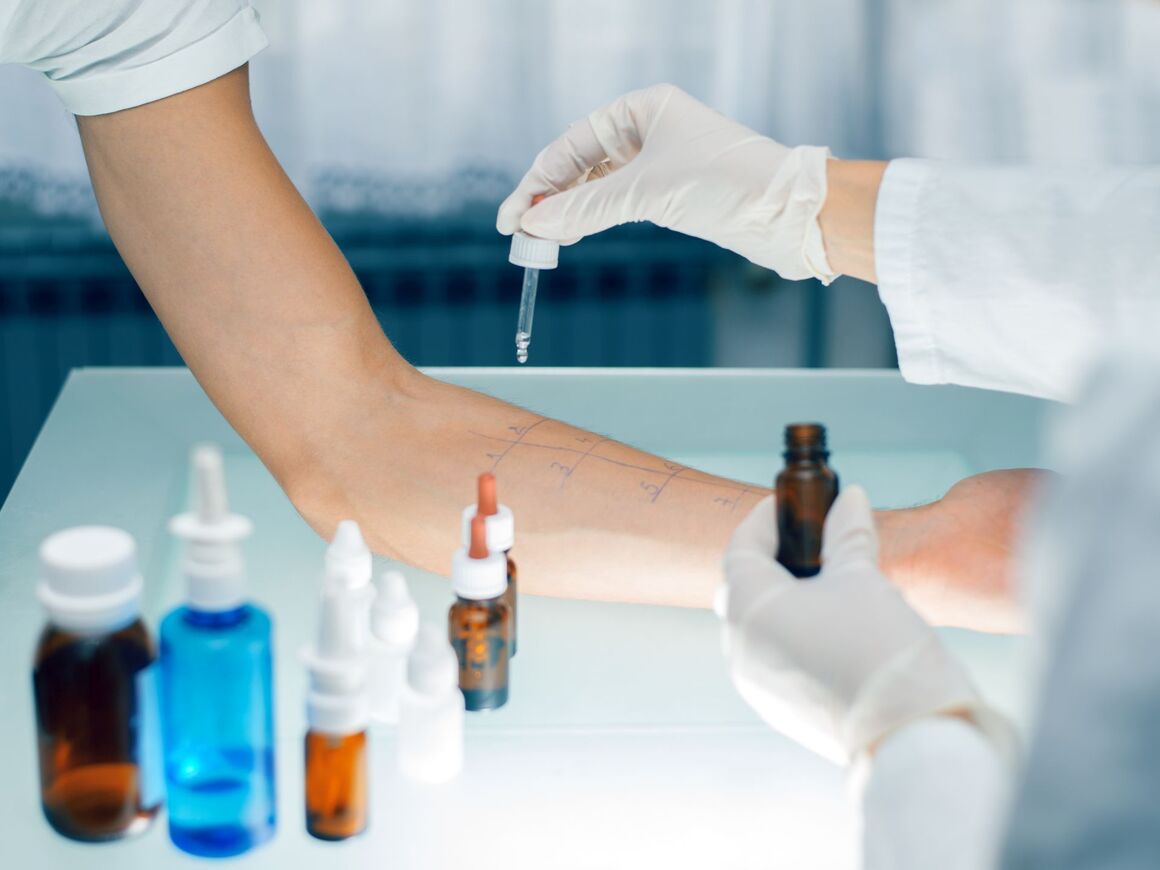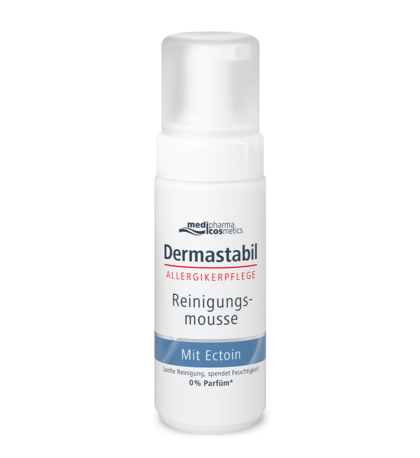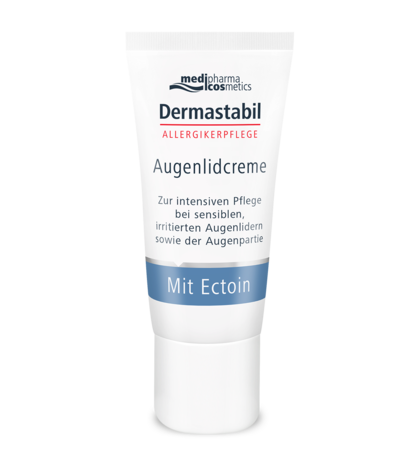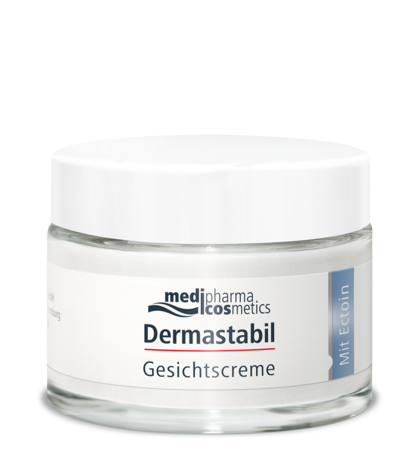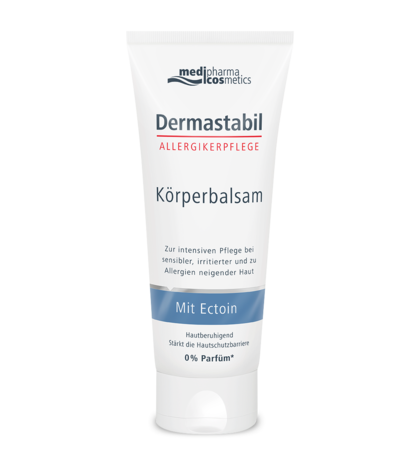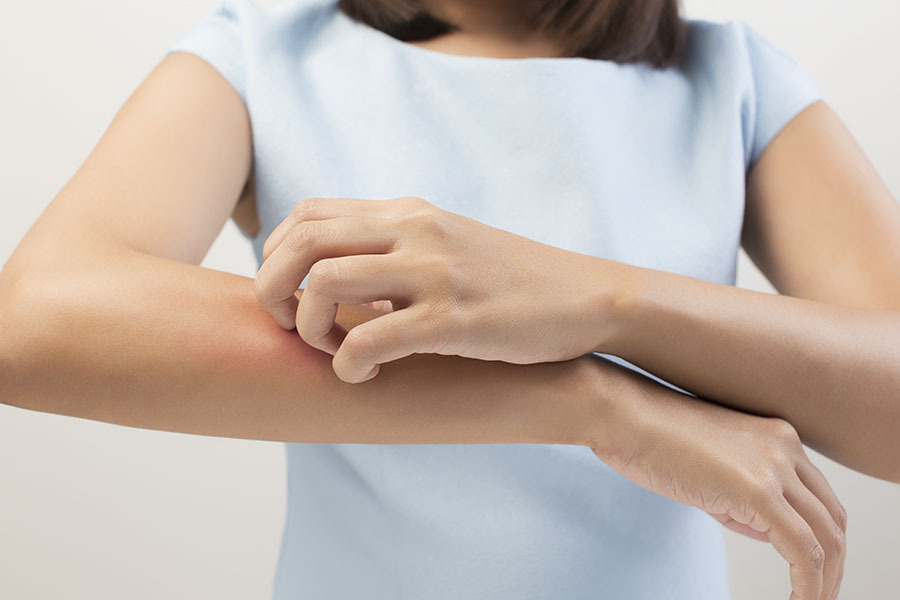WHAT ACTUALLY HAPPENS WHEN YOU EXPERIENCE AN ALLERGIC SKIN REACTION?
Itching, redness and small blisters are typical symptoms of an allergic skin reaction. These reactions can be caused by many potential triggers. However, when you take a closer look at exactly what happens when the skin reacts with an allergy, these differences do not play a very important role. Whenever an allergen hits the skin, special nerves alert the immune system. The activated immune system then deploys a range of defences, which also act against spores, bacteria and foreign bodies. Initially, it ensures that the blood vessels widen and uses the increased blood flow to transport immune cells into the affected area. The skin becomes reddened. In addition, special messenger substances trigger nerves that report itching to our brain. The purpose of the itching is to remove bothersome substances or insects from the skin by scratching. Furthermore, scratching increases the blood flow. The blood transports immune cells into the tissues, especially certain white blood cells such as T-lymphocytes and granulocytes. Using a range of mechanisms, they destroy any substance the body perceives as threatening, and consequently skin cells may also be affected. At the same time, this leads to an increased accumulation of fluid, which allows the body to remove the hazardous substances – the skin swells and may feel hot to the touch. Small blisters form. If the immune cells have also attacked the connecting layer between the hypodermis and subcutaneous tissues, increasing amounts of the body's own fluid will flood the resulting cavity. In this case, instead of small blisters, some larger wheals will also form.


